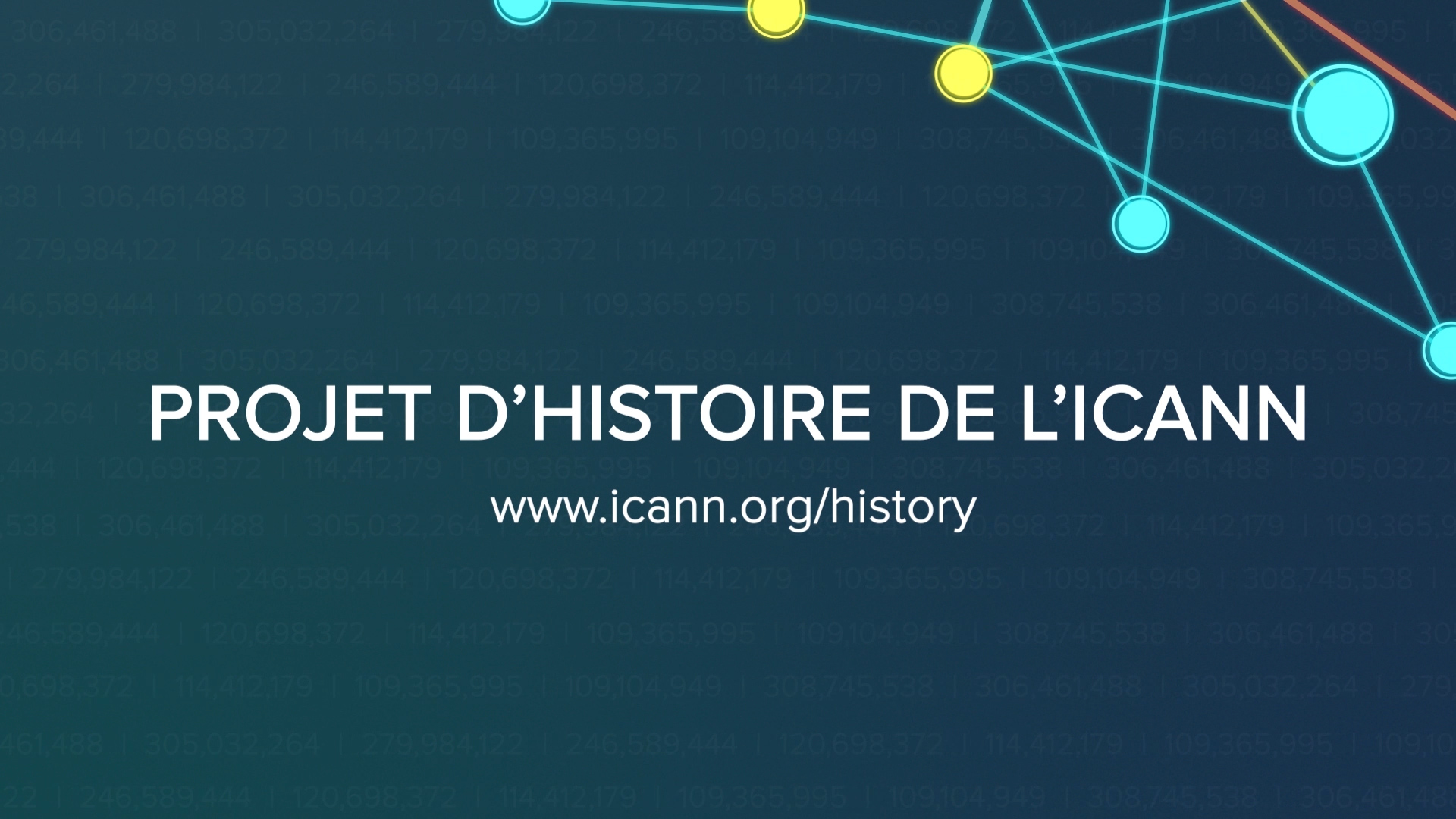L’histoire de l'ICANN
Ce document sur l’histoire de l’ICANN retrace la création et l’évolution de l’Internet.
Le tout premier message a été envoyé en 1969 via Arpanet, un réseau du département de la Défense des États-Unis, précurseur de l’Internet mondial. Trois ans plus tard, Jon Postel commençait à renseigner dans son calepin des adresses IP et des numéros de port du réseau Arpanet. Son registre est par la suite devenu l’Autorité chargée de la gestion de l’adressage sur Internet (IANA), responsable de la coordination du système des noms de domaine.
L’ICANN, fondée en 1998, est le fruit de l’engagement du gouvernement des États-Unis à transférer la gestion règlementaire et technique du DNS à une société à but non lucratif basée aux États-Unis et ouverte à la participation des parties prenantes mondiales. Le transfert du rôle de supervision des fonctions IANA s’est achevé en octobre 2016 grâce au travail et au dévouement de la communauté Internet du monde entier.
Pour en savoir plus sur l’histoire de l’ICANN, n’hésitez pas à explorer les interviews, la chronologie interactive et les ressources disponibles dans les dossiers thématiques ci-dessous.





